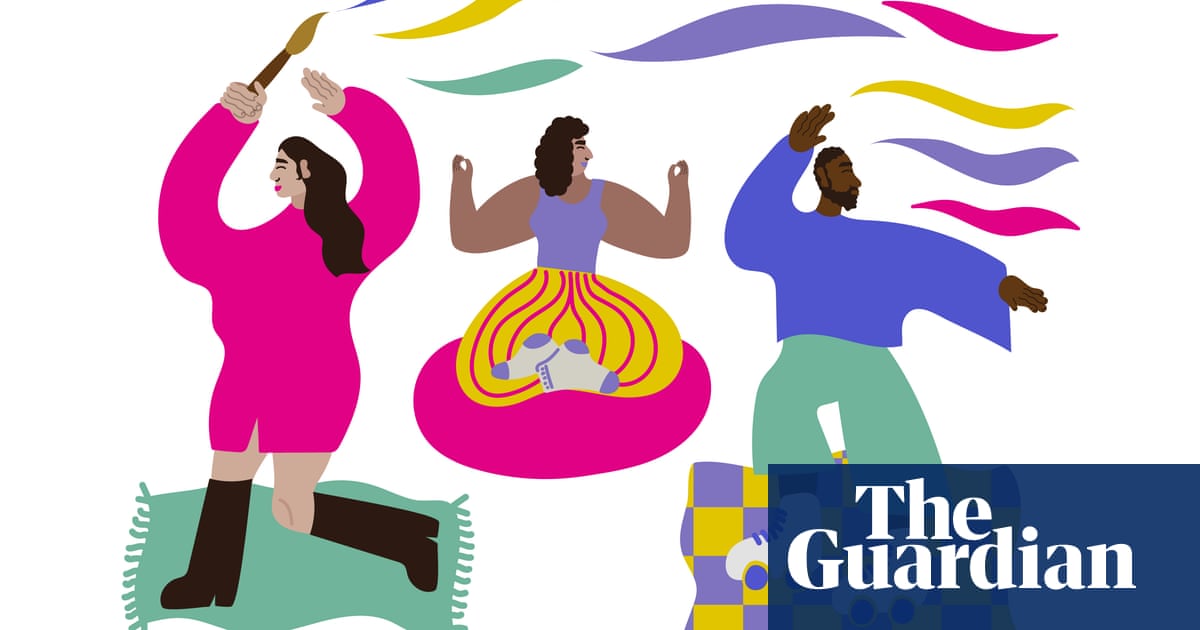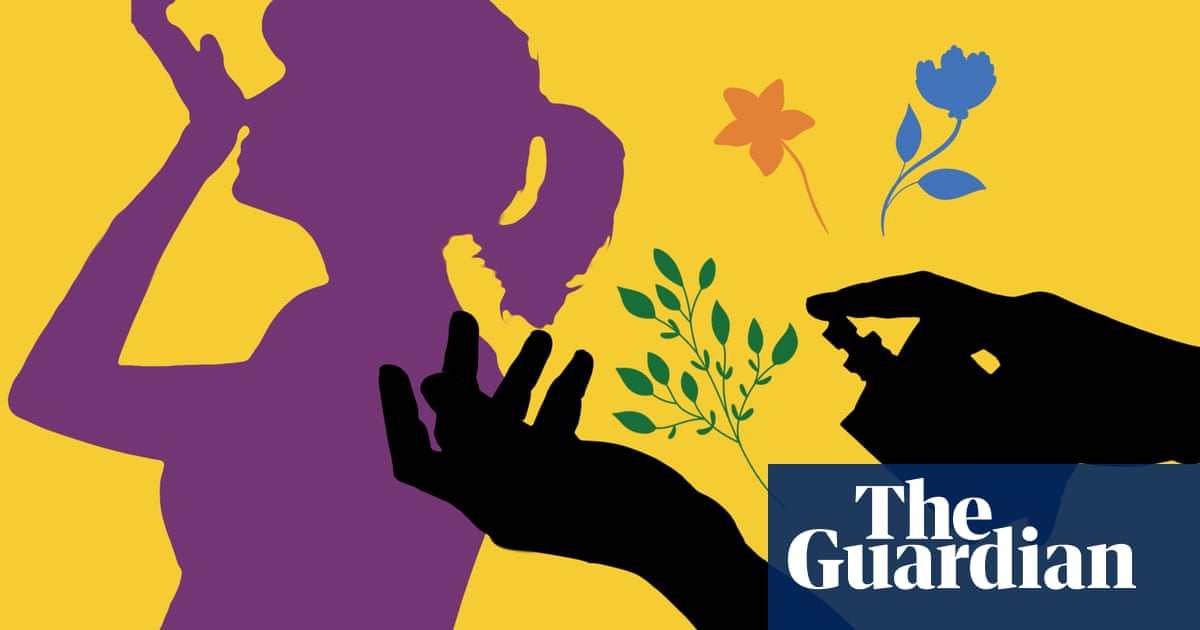
We all know how important vision is for remaining independent and enjoying the simple pleasures in life, like a colorful sunset or a grandchilds precious smile. But appreciation isnt enough to keep your vision intact. Aging increases the risk for vision loss and eye problems, including cataracts, diabetic eye disease, glaucoma, age-related macular degeneration, and dry eyes.
Adopting the following healthy habits will increase the odds that youll protect your vision and independence as well as your view of the things that make life beautiful.
1. Get regular eye exams
"A comprehensive dilated eye exam can detect conditions you may not be aware of, because many of these problems dont have symptoms," says Dr. Matthew Gardiner, an ophthalmologist with Harvard-affiliated Massachusetts Eye and Ear Infirmary. Even if you dont have eye problems, many eye doctors recommend that you get a comprehensive eye exam every two years before age 70 and every year starting at age 70. (The US Preventive Services Task Force says the evidence for this recommendation is "insufficient" to warrant its endorsement.) Youll have to go more often if you have eye problems.
2. Control underlying conditions
Chronic health problems can hurt your vision. For example, people with poorly controlled diabetes can get diabetic retinopathy — little areas of bleeding and swelling in the retina, the part of your eye that captures light and sends it to the brain via the optic nerve. "Those areas of bleeding come from abnormal blood vessels and also can cause scar tissue that could lead to retinal detachment and blindness," warns Dr. Gardiner. "Getting blood sugar down helps keep diabetic retinopathy from progressing."
People who have high blood pressure are at risk for retinal disease, too. Controlling your blood pressure helps prevent areas of bleeding and swelling in the eye.
3. Eat a healthy diet
Eating foods that are good for your heart and blood vessels also helps protect your eyes. Aim for a diet that includes minimal saturated fat and salt; a moderate amount of lean proteins, including nuts, seeds, and legumes; and plenty of fresh vegetables, fruits, and whole grains.
Dr. Gardiner says antioxidant-rich foods — like dark leafy greens, strawberries, blueberries, and walnuts — may help reduce the risk of cataracts (a clouding of the eyes lens) and age-related macular degeneration (AMD), an eye condition that causes vision loss in the macula, the part of the eye that controls central vision.
For people at a middle stage of AMD, taking a combination of antioxidants and zinc in an eye health supplement known as the AREDS formulation reduces the risk for progression of the disease.
4. Stop smoking
"After genetics, smoking is the No. 1 risk factor for AMD," says Dr. Gardiner. "Smoking is also associated with cataract progression. We advise everyone to quit."
5. Use eye drops
Using artificial tears can relieve the gritty feeling of dry eyes. "The drops will also let you see better if you have very dry eyes, because a dry eye surface makes things blurry," says Dr. Gardiner. But beware: "Drops that get the red out will make the eyes less red, but can make them worse in the long term from a rebound effect when the drops wear off," Dr. Gardiner says. He recommends using preservative-free artificial tears as often as you need them or artificial tears with preservatives no more than six times per day.
6. Use eye protection
Two kinds of glasses can protect your eyes. Sunglasses filter out the suns ultraviolet (UV) rays. UV rays increase the risk for cataract formation and cancer on the eyelids. Make sure a pair of sunglasses has UV protection.
Wear safety glasses to prevent injury when youre doing work around the house. "Most people ignore this risk," Dr. Gardiner explains, "but we commonly see people whove suffered scratched corneas from gardening, working outside, or drilling, which can cause shards of metal to fly into the eye. Safety glasses can prevent all of these injuries."(Harvard Health Letter)












